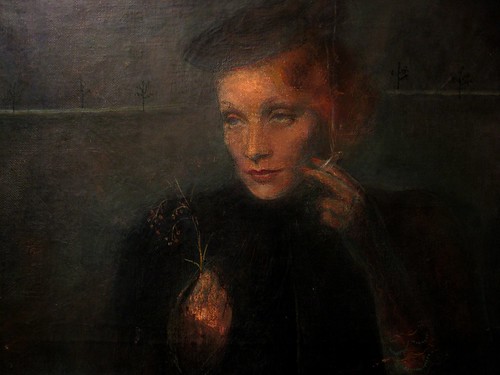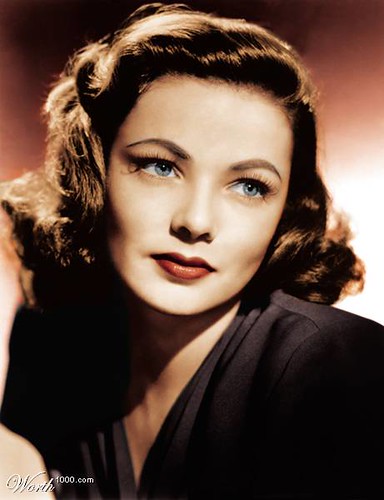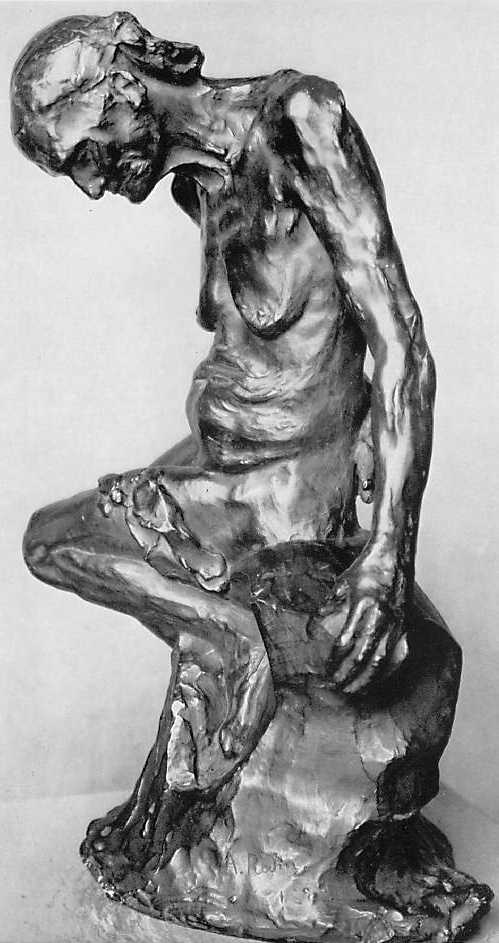
Yesterday's auction by Julien's in Beverly Hills of Dietrich-related items from the estate of her husband, Rudolf Sieber, was a success. The items were offered as part of their Hollywood Legends auction. All of the 36 lots on offer sold above their minimum reserves. Approximately two-thirds of the lots went to four individual buyers. A highlight of the sale was a full-length portrait of Dietrich taken by Irving Penn in 1948, which sold for $ 6500 (excluding buyer's premium).
Below is a full list of prices achieved (buyers commission excluded). Full lot descriptions with photos are available in the
Julien's auction catalogue.
144. Photographs. $450.
145. Telegrams to Tamara Matul. $375.
146. Contract memo. $200.
147. Photograph. $375.
148. Letters to Rudolf Sieber. $1300.
149. Cables -- Rudolf Sieber, Jean Gabin, Maurice Chevalier. $50.
150. Letters and Photographs. $1300.
151. Snapshots. $400.
152. Letters. $1900.
153. Snapshots. #350.
154. Handwritten letter. $2700.
155. Warner Bros promotional photo. $175.
156. Handwritten letter. $800.
157. Letter on flyer. $1300.
158. Signed portrait. $650.
159. Christmas cards to Rudolf Sieber. $1600.
160. Luxury item receipts. $1000.
161. Handwritten letter. $750.
162. Promotional photographs. $150.
163. Maria Riva photographs. $200.
164. Letter to Maria Riva. $900.
165. Ephemera. $100.
166. Literature. $175.
167. 1969 tour notes. $300.
168. Signed portrait. $275.
169. Snapshots. $1100.
170. Prescriptions and medical report. $150.
171. Prescription bottle. $700.
172. Irving Penn portrait. $6500.
173. Autobiography materials. $250.
174. 1961 tax returns and bank statements. $200.
175. Telegrams and postcards. $225.
176. Signed portrait. $425.
177. Signed portrait. $1250.
178. Signed portrait. $375.
179. Political-themed letters. $500.
180. Roddy McDowall portrait. $1100.
























